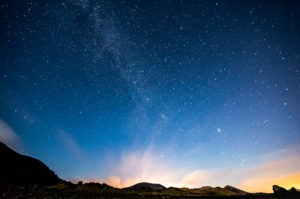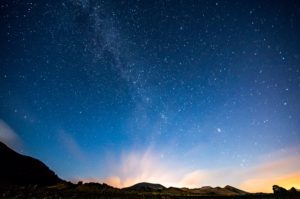Counting the Stars
 You don’t have to go far to see one of the best shows in the universe. As a matter of fact you can see it from your own backyard. Summer is our favorite time to go stargazing. Stargazing is all about preparation and knowing what to look for. Check out the space section in the kid’s library.
You don’t have to go far to see one of the best shows in the universe. As a matter of fact you can see it from your own backyard. Summer is our favorite time to go stargazing. Stargazing is all about preparation and knowing what to look for. Check out the space section in the kid’s library.
We have books about the moon, planets, stars, galaxies and space travel.
The Backyard Guide to the Night Sky by Howard Schneider or Philip S. Harrington’s Astronomy for All Ages are stellar books for every backyard astronomer. Within the books you can find a star map of the constellations for all four seasons. Harrington helps you determine the brightness and size of a star, and he gives you tips on how to build your own telescope.
Once you become an expert backyard astronomer you might start to wonder what it takes to become an astronaut. Ryan Nagelhout’s book Astronauts talks about the many ways astronauts use science, technology, engineering and math to do their job.
Here are some celestial events to look forward to this summer.
June 27 | Saturn at Opposition
July 12 | Mercury at Greatest
Eastern Elongation
Mercury will be shining bright at its highest point above the horizon in the evening sky. Usually Mercury is difficult to observe because its orbit is closer to the sun than Earth's.August 12-13 | Perseids Meteor Shower















